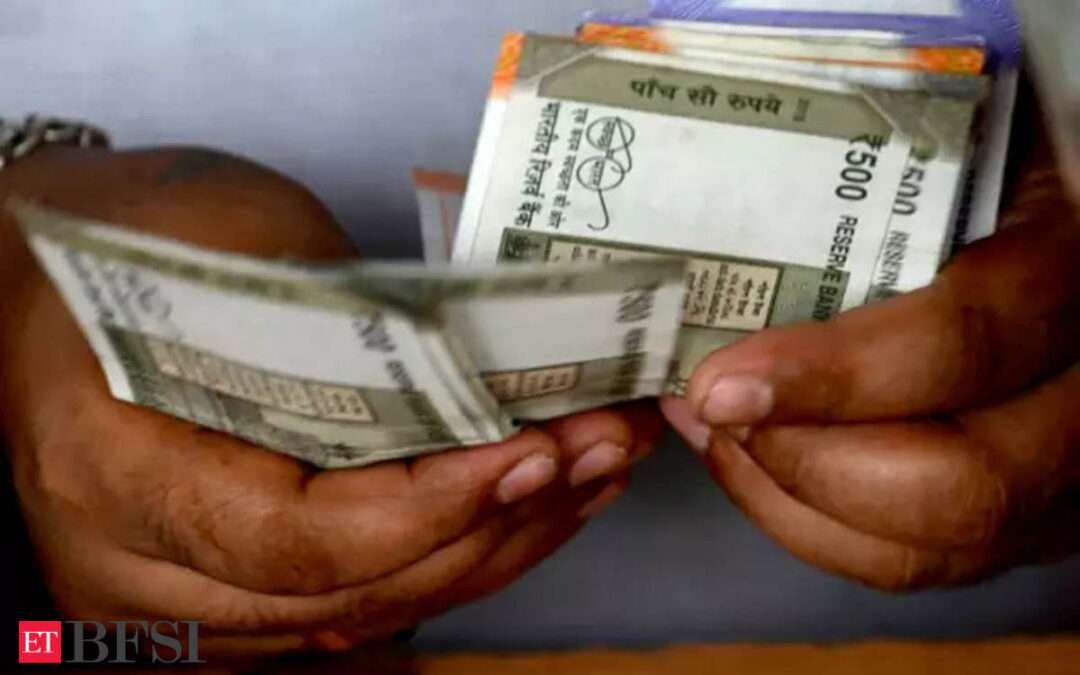Crude oil prices have surged by nearly 25% since June due to supply concerns following production cuts by major oil-producing countries such as Saudi Arabia and Russia. This surge in oil prices has the potential to increase India’s import bill, putting pressure on the Indian currency and exacerbating the risk of imported inflation.
To counter these challenges, the RBI has been actively intervening in the foreign exchange market, particularly when the rupee approaches its record low level. The rupee has depreciated by 0.5% against the US dollar this month, while other Asian currencies have also experienced declines.
The RBI’s upcoming monetary policy statement on October 6 will be closely watched to gain insights into the central bank’s approach to managing the movement of the Indian currency in light of these ongoing challenges.
The rupee conundrum
India’s foreign exchange reserves, as of September 22, stood at $590.70 billion, reflecting a decrease from their recent peak of $609.02 billion on July 14. A 10% rise in oil prices could increase India’s consumer price inflation (CPI) by 25 basis points on average. While headline CPI inflation moderated to 6.83% in August, it has remained above the medium-term target range of 2-6% for the past two months.
The impact of rupee weakness on inflation is considered significant, with estimates suggesting that rupee depreciation is twice as inflationary as an equivalent rise in Brent crude oil prices in India’s case.
The International Energy Agency has projected a substantial deficit in the crude oil market in the coming months due to extended production cuts by Saudi Arabia and Russia. Rising crude oil prices are expected to add pressure to India’s trade deficit for the remainder of the fiscal year.
The silver lining
One positive development for the RBI is the inclusion of Indian government bonds in JPMorgan’s Global Bond Index – Emerging Markets. This inclusion is expected to attract significant foreign fund inflows into the Indian debt market, providing the RBI with an opportunity to replenish its foreign exchange reserves.
Despite the RBI’s efforts to stabilize the rupee, the viability of its intervention strategy remains uncertain as prolonged interventions in the currency market have historically not yielded favourable results. The current headwinds, including the strength of the US dollar and rising oil prices, may continue to pose challenges, and the rupee’s decline to a record low cannot be ruled out.











